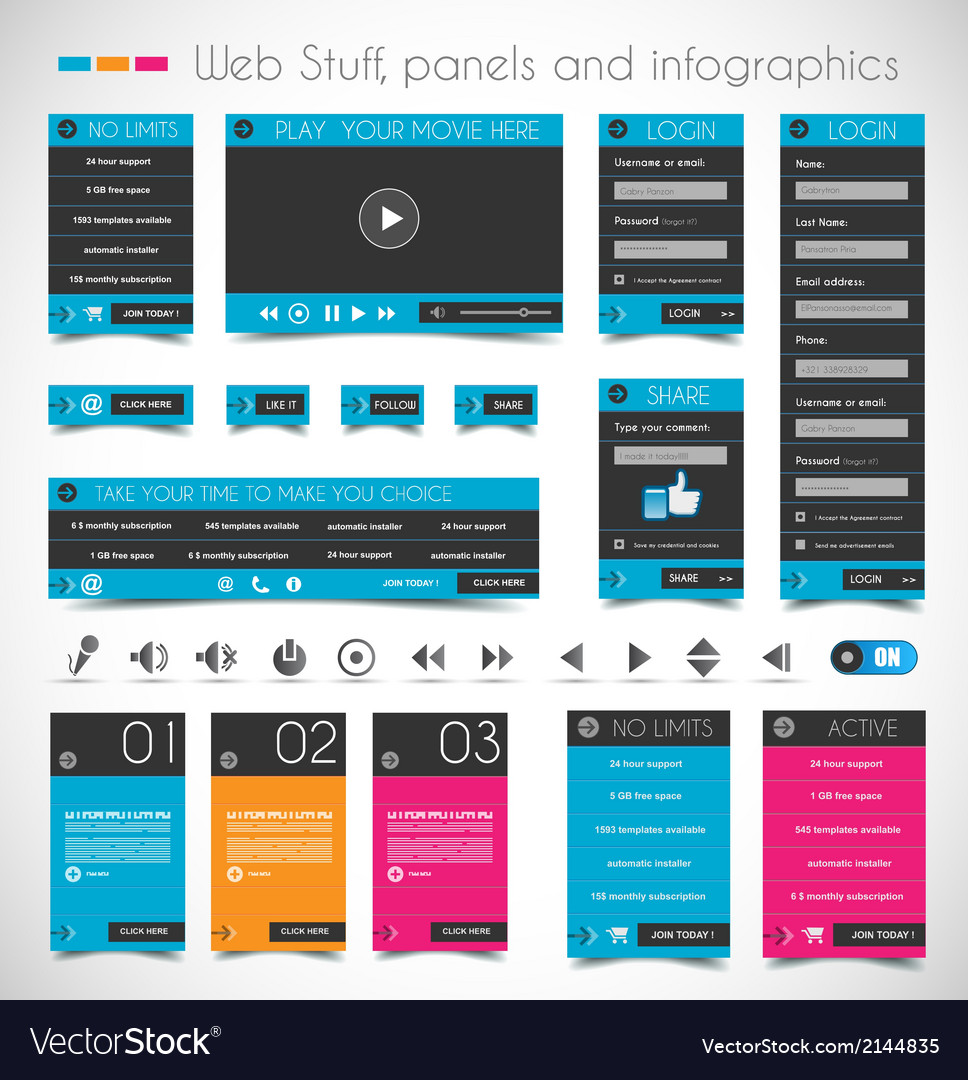Prepare Yourself To Journey Through Time And Uncover Just How Websites Have Ended Up Being More Advanced, User-Friendly, And Aesthetically Magnificent
Prepare Yourself To Journey Through Time And Uncover Just How Websites Have Ended Up Being More Advanced, User-Friendly, And Aesthetically Magnificent
Blog Article
Created By-Hartley Bojesen
In the past, sites were easy and focused on details. Navigation was direct, and layout was for desktops. Currently, click now is essential. Information guides styles for simple navigation. Responsive formats suit different gadgets. Today, dark mode minimizes strain, and minimal food selections improve navigation. Interactive attributes involve individuals, and bold visuals stand apart. AI combination increases interaction. See how design has progressed to boost your on the internet trip.
Early Days of Web Design
In the early days of website design, simpleness reigned supreme. Sites were basic, with restricted colors, typefaces, and designs. The emphasis got on providing info instead of flashy visuals. Customers accessed the net with slow dial-up connections, so rate and functionality were vital.
Navigation menus were straightforward, usually situated on top or side of the page. Sites were designed for computer, as mobile surfing had not been yet widespread. Content was king, and developers focused on very easy readability over complicated layout elements.
HTML was the main coding language made use of, and developers had to work within its constraints. Animations and interactive features were minimal compared to today's requirements. Internet sites were fixed, with little dynamic content or individualized individual experiences.
Rise of User-Focused Layout
With the development of web site style, a change in the direction of user-focused design concepts has actually become increasingly prominent. Today, producing internet sites that prioritize customer experience is vital for engaging site visitors and attaining service objectives. User-focused style entails understanding the needs, choices, and behaviors of your target market to tailor the website's design, material, and features as necessary.
Developers currently conduct complete research study, such as individual surveys and use screening, to gather understandings and feedback directly from users. This data-driven approach helps in creating user-friendly navigation, clear calls-to-action, and visually appealing interfaces that resonate with visitors. By positioning the user at the facility of the style process, web sites can supply an extra individualized and pleasurable experience.
Responsive style has actually additionally emerged as a vital facet of user-focused design, guaranteeing that internet sites are enhanced for various devices and display sizes. This flexibility improves accessibility and functionality, accommodating the diverse methods users engage with sites today. Fundamentally, the surge of user-focused style signifies a change towards creating electronic experiences that prioritize the needs and assumptions of the end user.
Modern Trends in Web Design
Discover the most recent patterns shaping website design today. One famous pattern is dark mode style, using a streamlined and contemporary look while decreasing eye strain in low-light atmospheres. One more essential pattern is minimal navigation, streamlining food selections and boosting customer experience by concentrating on essential elements. Integrating micro-interactions, such as animated switches or scrolling impacts, can develop an extra appealing and interactive web site. Responsive design remains vital, guaranteeing seamless user experiences across numerous gadgets. Furthermore, using strong typography and unbalanced formats can add aesthetic passion and draw attention to specific web content.
Incorporating AI modern technology, like chatbots for consumer assistance or tailored recommendations, improves individual involvement and simplifies procedures. Availability has additionally become a substantial trend, with designers focusing on comprehensive style methods to accommodate diverse customer demands. Accepting sustainability by enhancing web site efficiency for rate and efficiency is one more emerging fad in website design. Teaming up with individual feedback and information analytics to iterate and enhance style continuously is necessary for remaining relevant in the ever-evolving digital landscape. By accepting these contemporary fads, you can create a visually enticing, straightforward internet site that resonates with your target market.
Conclusion
As you review the advancement of site layout from the very early days to currently, you can see exactly how user-focused style has become the driving pressure behind modern patterns.
Accept the journey of change and adaptation in web design, always maintaining the customer experience at the forefront.
Stay present with the current patterns and modern technologies, and never ever quit advancing your technique to develop visually spectacular and user-friendly internet sites.
Advance, adapt, and develop - the future of web design remains in your hands.
